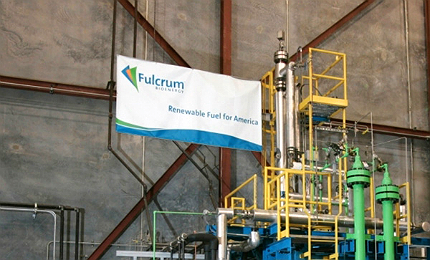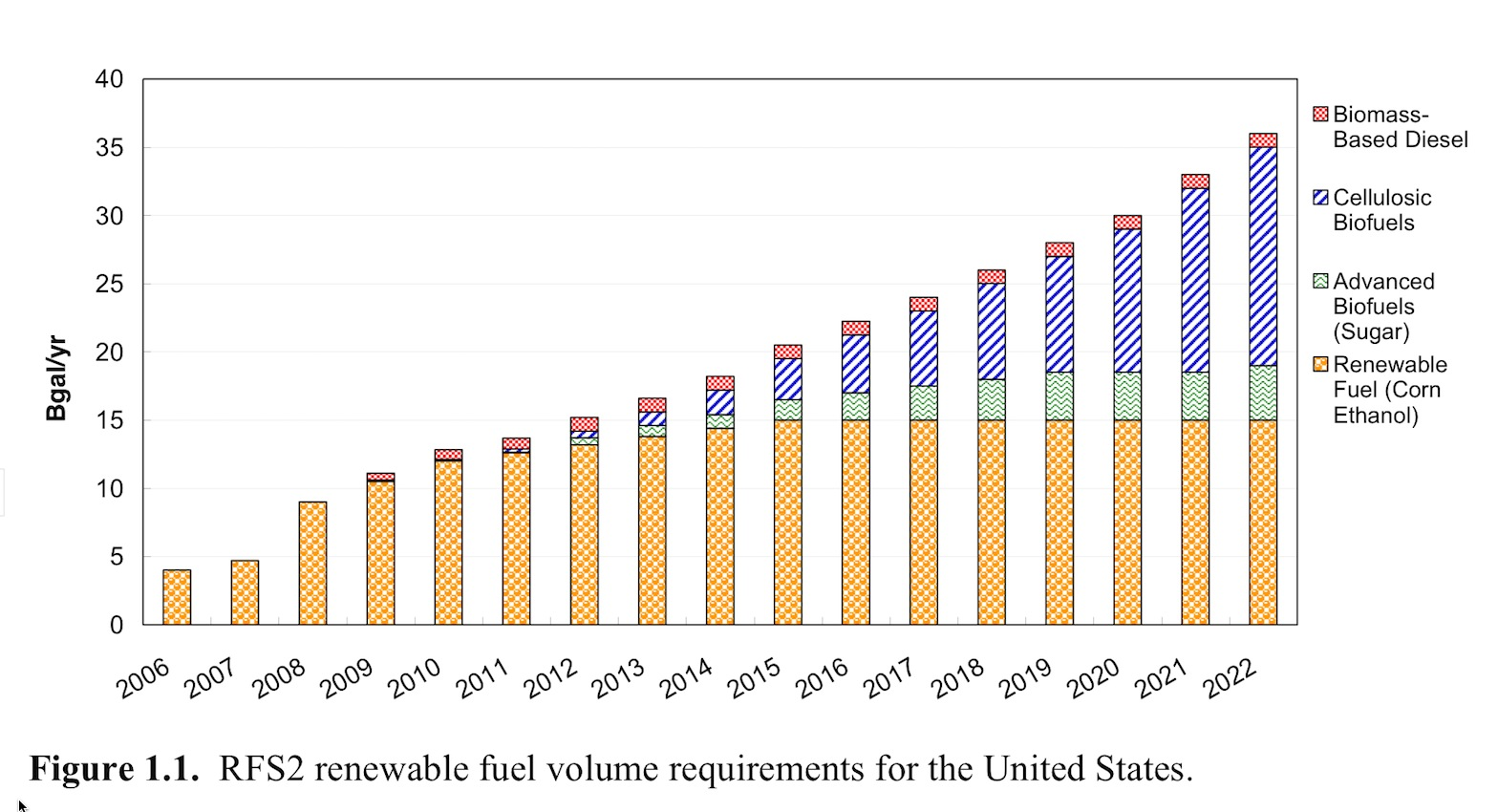Cellulosic Fuel Ethanol
We Observe: "If all vehicles in the US ran on cellulosic ethanol,
we would reduce our carbon footprint by a greater amount
than if we shut down all our coal fired electricity generating plants!"
Note: This page is being updated regularly. It is still partially under construction.
Introduction
Cellulosic ethanol can be made from any cellulosic material, i.e., any type of organic waste. Furthermore, by convention, we also call ethanol made from essentially any type of waste that can be decomposed in a gasifier or Pyrolyser, cellulosic ethanol. Typically agricultural, forestry and Municipal Solid Wastes are the feedstocks from which cellulosic ethanol is produced. In the future, purpose grown energy crops (much more cellulose per acre), and algae (the fastest growing plant on earth) will provide additional feedstocks.
Corn Stover and agricultural wastes
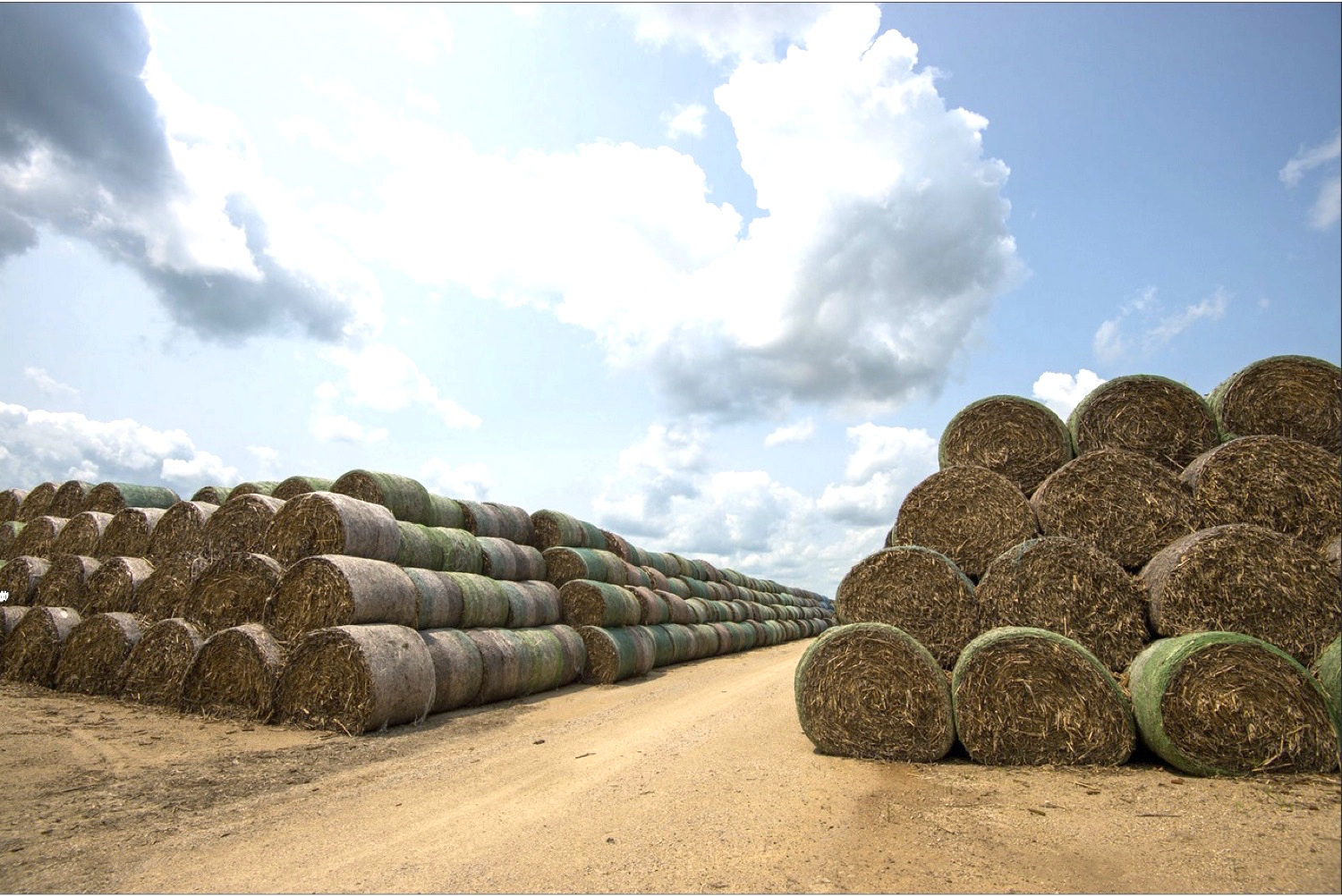
One way to make ethanol is by distilling sugars found in vegetable matter. In cellulosic vegetable matter a number of different sugars (see below) are bound up in a matrix of cellulose, hemicellulose and lignin. These are the structural materials of all plant matter. Different plants have them to differing degrees. For example tall stalks have a lot of lignin for stiffness, whereas beets, because they grow underground and have the soil to support them, have very little lignin. Thus, different plant materials require a different 'cocktail' of enzymes and yeasts to get the sugars out and then allow the sugars to be fermented into ethanol.
Among the crop wastes currently being converted into cellulosic ethanol are corn stover, wheat straw, rice straw, common giant reed, bagasse, and switchgrass.
Forestry wastes are also being made into cellulosic ethanol.
Garbage
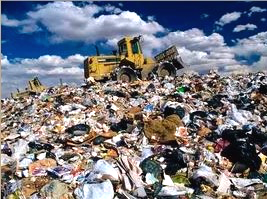
Another way that cellulosic ethanol can be is from gasifying our garbage. A gas is produced that is made up of H2, CO and CO2. This gas is then catalytically processed into methanol and then to ethanol, or in some processes the gases are fermented to ethanol.
Wood Wastes
Wood wastes from processing and from forest thinning represent a large biomass feedstock source. 2.3 tons per 1000 cubic feet of harvested timber. Furthermore, forest thinning's, although relatively expense to harvest, serve important fire prevention services when removed.
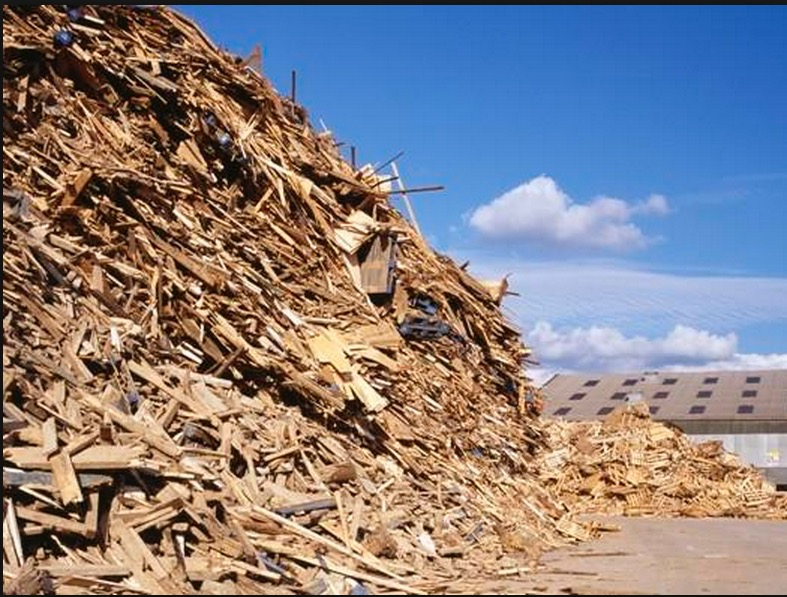
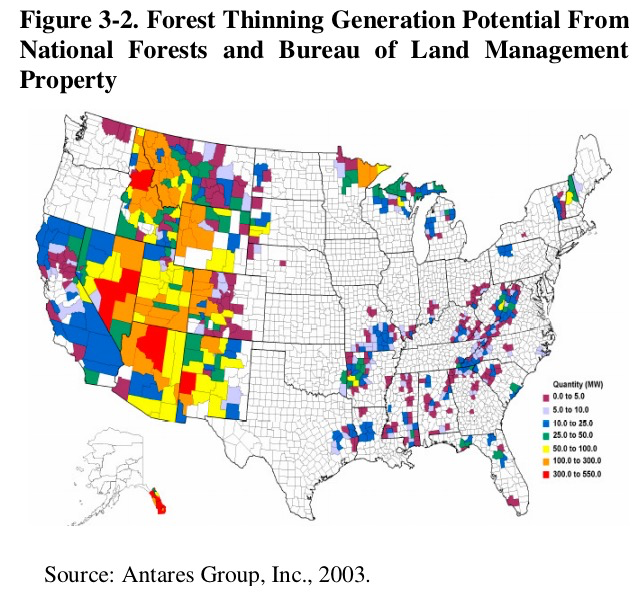
Energy Crops

Pictured is high-biomass-sorghum. There are a number of energy crops which include canes and grasses.
Algae
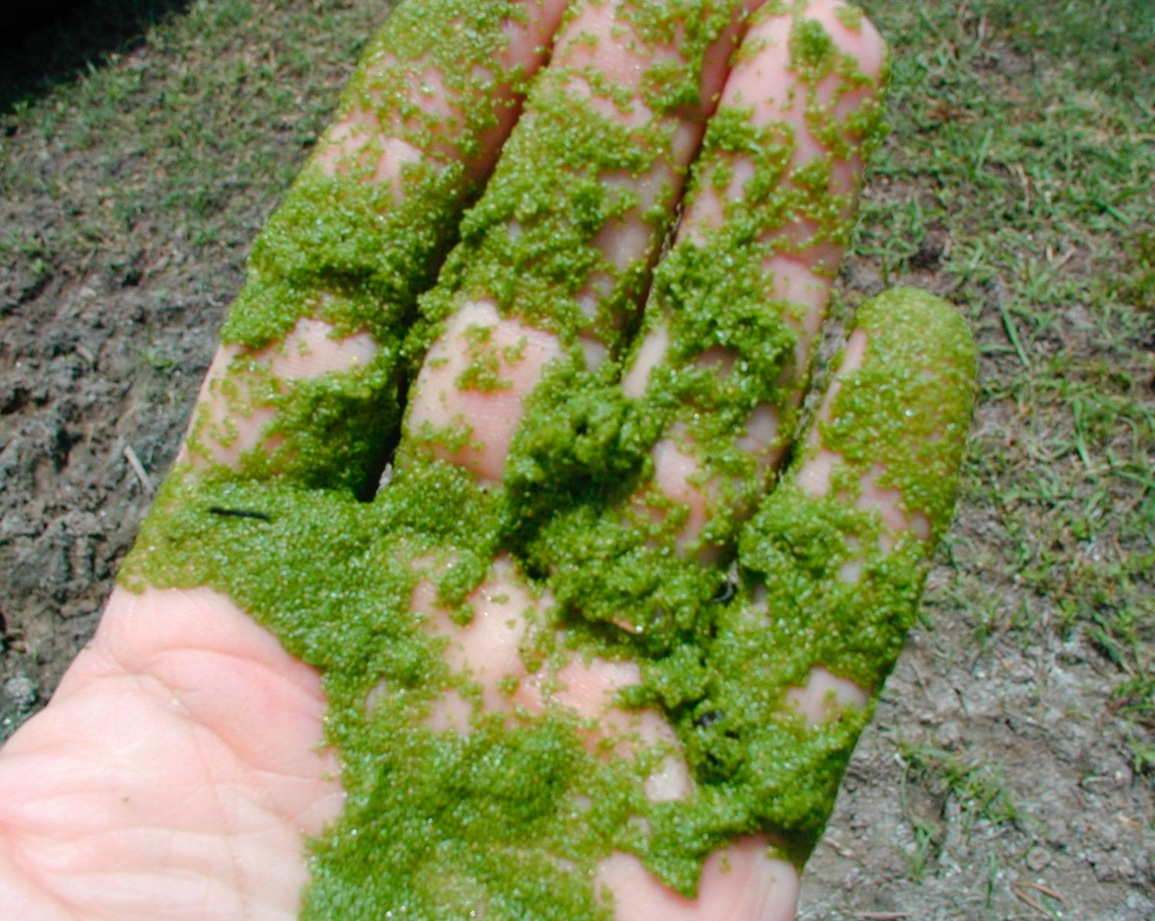
The fastest growing organism on earth, can be grown to provide biomass for cellulosic ethanol plants.
We discuss the current situation and the new beginnings, many which have just gone commercial this year (2014). It is clear that within a decade ethanol will be made all over the world from our wastes and purpose grown plants and algae.
1. History of Cellulosic Ethanol
1.1. History by Robert Rapier (which appeared in Energy Trends Insider)
The history of cellulosic ethanol is a lot longer than most people probably realize. In 1819, French chemist Henri Braconnot discovered how to break cellulose down into component sugars by treating biomass with sulfuric acid. Once sugars are released from cellulose, the solution can be fermented to ethanol in processes that are very similar to those used to produce corn ethanol or sugar cane ethanol. Regardless of the way the sugars are released, processes that produce ethanol from cellulosic sugars are collectively categorized as cellulosic ethanol.
The Germans first commercialized cellulosic ethanol production from wood in 1898. The technology was commercialized in the U.S. in 1910, when Standard Alcohol Company built a cellulosic ethanol plant in South Carolina to convert lumber mill waste into ethanol. Standard Alcohol later built a second plant in Louisiana. Each plant was capable of producing over 5,000 gallons of ethanol per day from wood waste, and both were in production for several years before being idled for economic reasons.
Many subsequent attempts were made to commercialize cellulosic ethanol during the 20th Century, but there were huge challenges in developing cellulosic ethanol as a cost-competitive energy option. Because of the extra steps involved relative to corn or sugarcane ethanol, capital and operating costs are higher for cellulosic ethanol than for ethanol derived from carbohydrates. But the ongoing attraction of cellulosic ethanol is the potential to utilize waste streams that are cheap or even negatively priced to produce the ethanol. Therefore a number of companies continue to work toward commercialization.
1.2. Recent US History -- the EISA Mandate
EISA, the Energy Independence and Security Act of 2007, has the stated purpose “to move the United States toward greater energy independence and security, to increase the production of clean renewable fuels, to protect consumers, to increase the efficiency of products, buildings, and vehicles, to promote research on and deploy greenhouse gas capture and storage options, and to improve the energy performance of the Federal Government.” It mandated a gradual buildup of renewable fuels in the US fuel supply, as show in the graph below, to supplement and to provide alternatives to the use of gasoline and diesel.
As the graph shows, the mandated corn ethanol quantities (yellow cross hatching) have essentially been reached, and the largest addition to meet the quota will have to come from cellulosic ethanol (blue stripes). We will discuss the issues in the manufacture of cellulosic ethanol, and point out that in2014 real commercial success has been achieved.
2.Feedstocks for Cellulosic Ethanol
This section is under development. This Section head link takes you to the traditional ethanol feedstocks Section. All of these traditional feedstocks, are or will shortly contribute agricultural wastes as feedstocks for cellulosic ethanol production.2.1. Biomass Feedstocks
2.1.1. Excess Crop Residues
2.1.2. Energy and non-food crops
2.1.2.1. Energy crops
2.1.2.2. Switchgrass and Miscanthus
2.2. Municipal Solid Wastes (MSW)
2.2.1. Enerkem, Fulcrum, INEOS,
2.3. Algae
3. GHG reduction associated with Cellulosic Ethanol
3.1. Cellulosic Ethanol can reduce GHG more than any other fuel.
It is often thought that the electric car, or the hydrogen fuel cell car will be the choice for the lowest GHG transportation. This is false. The problem is that the entire production and consumption cycle has to be taken into account.

3.2.

Note: in the next section we present the DOE projection that cellulosic ethanol will go down to 67 cents a gallon, and the fact that we are already not far from that.
3.3. Plant estimates
3.3.1. Iowa GHG estimate
3.3.2. German GHG estimate
4. Costs of Cellulosic Ethanol
4.1. DOE Estimates of the costs of renewable liquid fuels to 2050
In the table below, the DOE estimates the cost of various alternative fuels in the years 2020 and 2050. We have circled cellulosic ethanol, estimated at $1.96/gal in 2020, and $0.67/gal in 2050. It is of great interest to note that in the cost estimate of Guido Ghisolfi CEO of Beta Renewables (see next section), cellulosic ethanol is being made in Italy TODAY for $0.55/gal. This amazing progress bodes well for all of us, and certainly says we must stay with the task, and enable this great new technology to get us off oil.
For comparison, they estimate that corn ethanol will not change over that 30 years, remaining at $1.86/gal.
Of equal importance is the fact that even though biodiesel made from algae will drop by more than half to almost the cost of biodiesel made from Soybeans (approximately $4/gal), when it is compared to the cellulosic ethanol prices, it becomes very clear that diesels will NOT be the economically preferred solution, especially since ethanol optimized vehicles can run as thermodynamically efficient -- for 15 years the Swedish Vehicle company Scania has been running E95 in compression ignition engines, and getting diesel engine efficiencies.
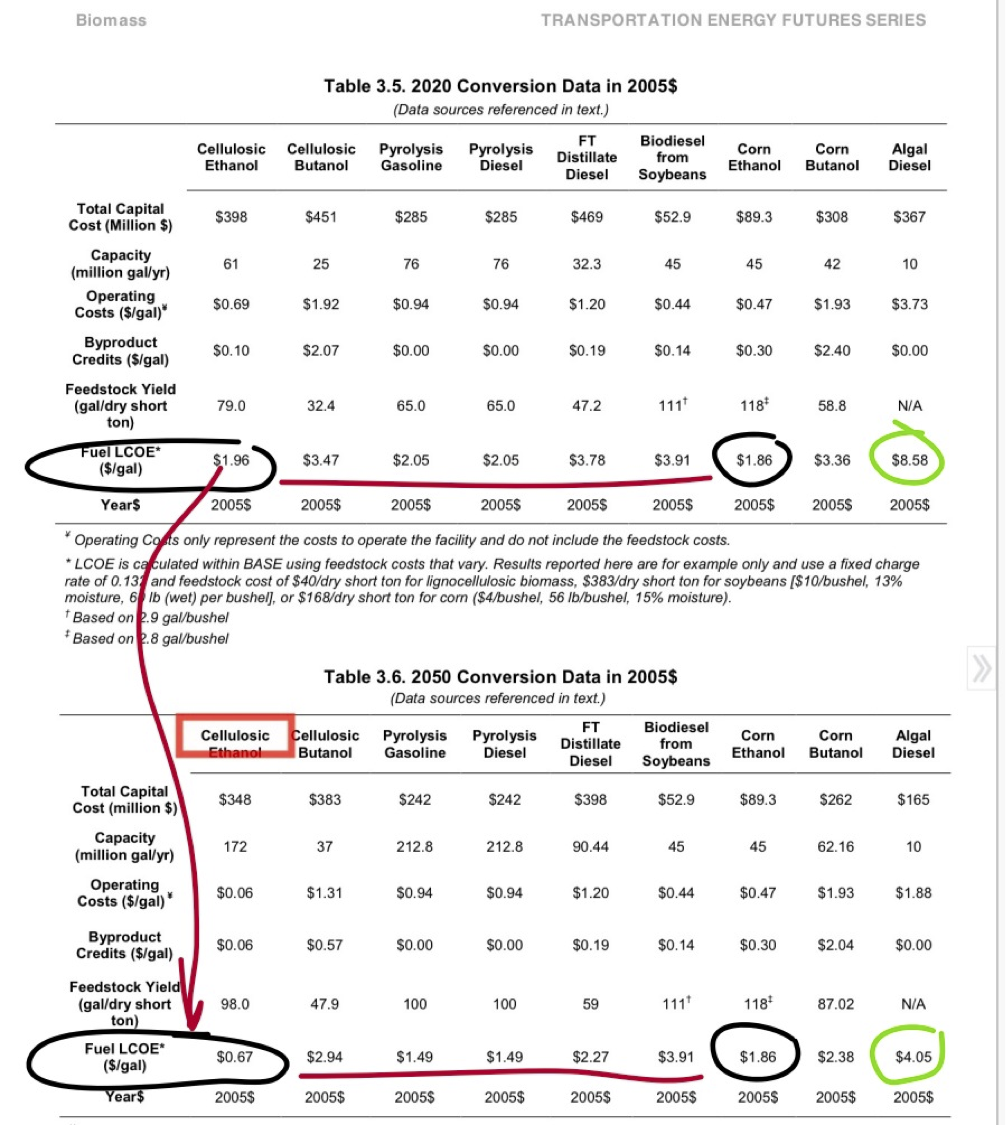
4.2. Cost estimates of the CEO of Beta Renewables Guido Ghisolfi
In this very good interview of Guido Ghisolfi by Jim Lane in Biofuels Digest. Ghisolfi's formula shows that in Italy, Beta Renewables is producing cellulosic ethanol for $0.56 per gallon (see Section 4.2.1. below).
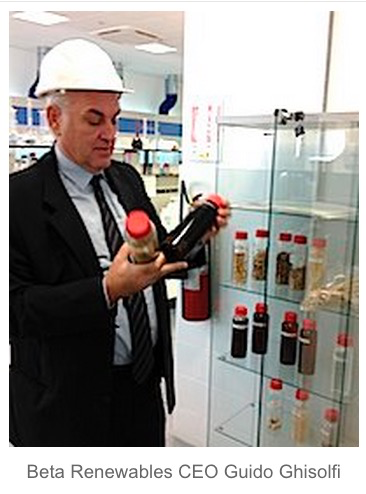
It further shows that at the GranBio (see below) plant in Brazil, they essentially produce it for zero cost (after selling the electricity they generate). Thus the potential for cellulosic is enormous.
4.2.1. Extrapolation of Italian costs to the Abengoa, Hugoton, KS Cellulosic Ethanol Plant
Beta Renewables formula of operating costs: B +350 – E = C
Where, B is five times the cost of the biomass per metric ton (because only 1/5 becomes ethanol), 350 is the per metric ton operating costs for that biomass, E is the value of green electricity you produce, C is the cost in bringing ethanol to the market per metric ton.
Examples:
1) Italy: The value of electricity is $200/MWh and the cost of biomass is $100/mt, so you have: B + 350 –E = C 5*$100 + $350 – 3.3MWh*$200/MWh = $190/METRIC ton At 2205 lbs per mt, and 6.58 lbs per gallons of ethanol. Therefore,
2) In Kansas: @ Abengoa, Hugoton:
a. Biomass is assumed to be the Poet-DSM (Iowa) range of $50 - $80 dollars a ton (or, $55 - $88 per metric ton).
b. The feed in tariff for green electricity in KS is: The Interstate Renewable Energy Council states that in Kansas: “For renewable energy resources that began operating on or after July 1, 2014, all net excess generation remaining in the customer-generator’s account at the end of each billing period is credited to the customer at a rate of 100% of the utility’s monthly system average cost of energy per kWh. So we will assume the average is 10 cents a kilowatt hour.
Note: 10 cents a kWh = $100/MWh.
c. The Plant generates 21 MW of electricity. Jim Lane estimates that the plant will have 4-5 MWh of extra electricity to feed into the grid, and Bloomberg suggests that they will need half of the 21 MW they generate. So we will estimate costs using 5 and 10 MWh.
Using B+ 350 – E = C, On the low cost end we have 5*55 + 350 – 100*10 = -375 a metric ton or -375/2205*6.58 = -$1.12 a gallon!!! On the high cost end 5*88 +350 -100*5 = 438 a ton or $1.31 a gallon. Most likely combination could be $60 a ton for biomass and 7.5 MWh of extra electricity and a feed-in tariff for green electricity of 10c/kWh, Thus, 5*60 +350 – 100*7.5 = -$100/mt. Thus, (-100/2205)*6.59 = -30 cents a gallon.
Thus, cellulosic ethanol is being made for minus 30 cents a gallon. That's right, for minus $0.30 a gallon.
Thus, the Kansas cellulosic ethanol plant is really an electricity generating station, working on biomass (thus is net zero CO2), that produces as a bi-product an additional 25 million gallons a year of ethanol! Therefore, the cellulosic ethanol is pure profit, which if sold at $1.50 a gallon (corn ethanol is selling below $1.60 a gallon, October 2014) will bring in 25,000,000*(.3+1.5) = $45,000,000 a year.
At this rate a $500 million dollar plant will take 11 years to pay off.
It is clear to us at the
Institute for Energy Resourcefulness
that this opens a new industrial age,
where both the electricity we generate and the liquid fuel we use for transportation,
will be renewable, from wastes, and generate very low net CO2.
And, the air we breath will be so much cleaner.
We could ask: will this combination be the driving force to get the world off of coal fired electical generation?
4.2.2 Cost improvements
Some areas where costs can be improved include (see below):
1. Using co-generation in the Anaerobic Digesters to improve the biogas output - a doubling can be achieved.
2. Enzymes and yeast cost reductions and productivity increases.
3. Biomass harvesting efficiencies.
4.2.3. Advanced Biofuel Feedstock Incentives
In addition, in the US the Fed has a Biomass Crop Assistance Program in place until at least 2018. See http://www.afdc.energy.gov/laws/10292.
The Fed, through the USDA, also has an Advanced Biofuel Payment Program -- also through 2018. See http://www.rurdev.usda.gov/BCP_Biofuels_Eligibility.html
5. New Cellulosic Ethanol Production Facilities
5.1. Poet-DSM, Emmetsburg, IA
The Poet -DSM cellulosic ethanol plant open officially on September 3, 2014


The Poet-DSM Project Liberty Web page contains many aspects of the cellulosic ethanol production process. You can link to it here and then view all the short and informative videos.
5.2. Quad County Corn Processors - Cellulosic add on on to corn ethanol plant open 14 Sept 2014
This is an especially interesting 'add on' to a corn ethanol plant, that is able to convert the cellulosic 'shell' of a kernel of corn to ethanol. Quad County Corn Processors is a 35 million gallon per year capacity ethanol production facility in Galva, Iowa. QCCP’s Adding Cellulosic Ethanol (ACE) process uses corn kernel fiber to produce an additional 2 million gallons per year of cellulosic ethanol. QCCP broke ground on the $8.5 million upgrade in July 2013 — the new process also boosts corn oil production by about 300%.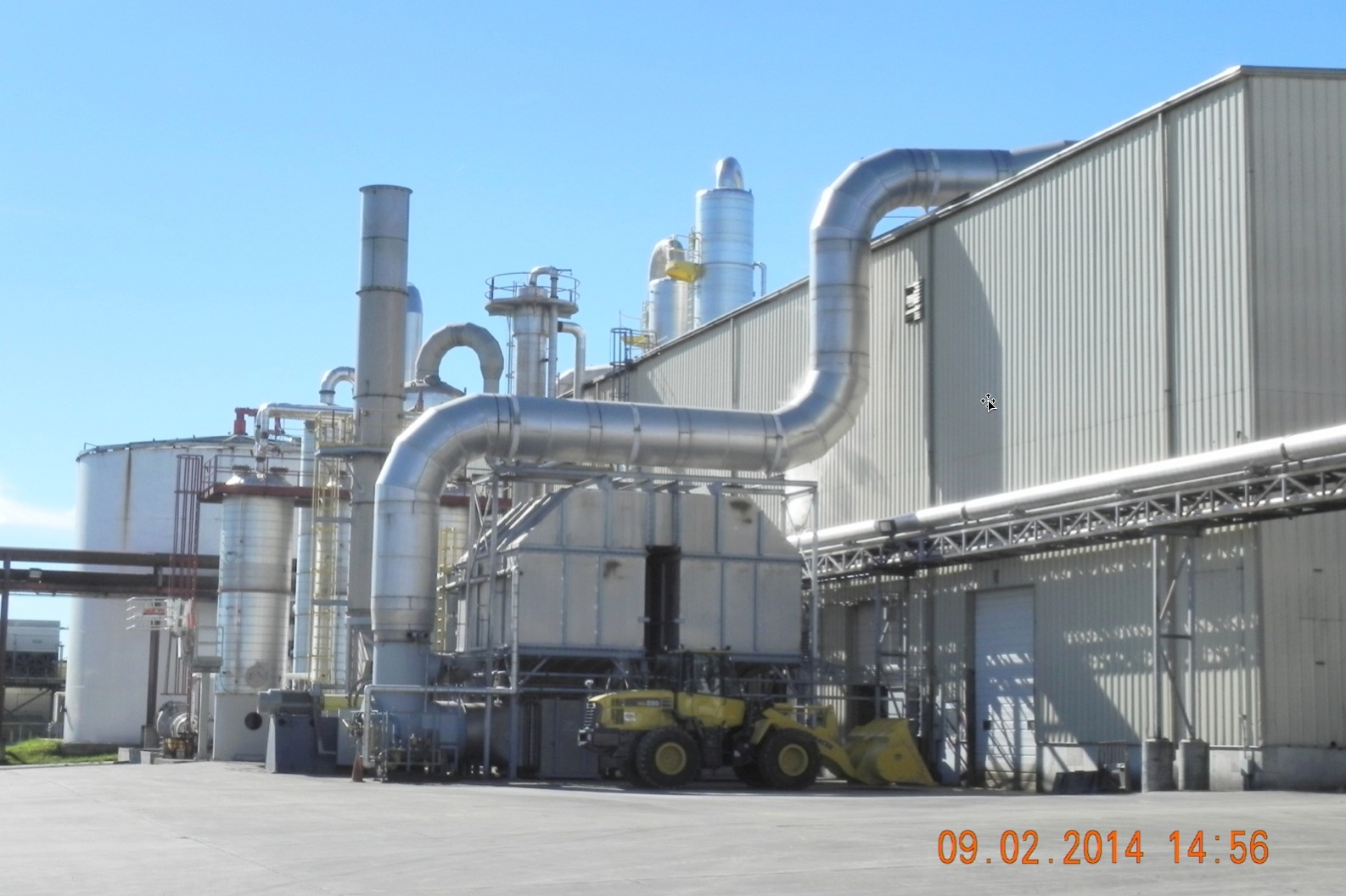

5.3. Abengoa, Hougoton, KS
The Abengoa 25 million gal/yr cellulosic ethanol plant officially opened Oct 17 2014. Abengoa Bioenergy Biomass of Kansas (ABBK) is a company of Abengoa Bioenergy that will operate the new biomass-to-ethanol biorefinery located in Hugoton, KS. The construction of this "first of a kind" commercial scale biorefinery facility will allow ABBK to utilize their proprietary technology that has been developed and proven over the last 10 years to produce renewable liquid fuel from earth´s most abundant organic feedstock source - plant fiber, or cellulosic biomass. ABBK Project Outline:
- The 25 million-gallon/year biorefinery will be on-line and expected to be in full production by the end of 2013 or by early 2014.
- The refinery - which will be fueled 100% by biomass- will produce 25 million gallons of ethanol derived from nearly 350,000 tons of biomass annually.This is approximately 15% of the available biomass within a 50-miles radius of Hugoton.
- The plant will utilize approximately 1,100 dry tons of biomass per day in the ethanol production process.
- The residue of that process will be combusted along with 300 tons/day of fry, raw biomass material (feedstock) to produce 18 megawatts of electricity. This power will make the entire facility energy efficient and environmentally friendly.
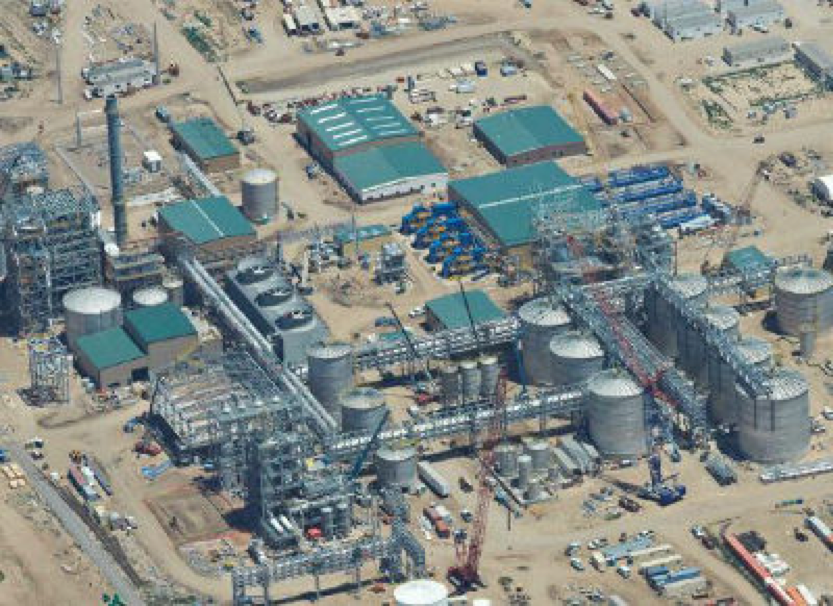

5.4. Dupont, Nevada, IA Cellulosic Ethanol Plant
The Dupont cellulosic ethanol plant in Nevada IA is scheduled to open before the end of 2014. It will become the world’s largest cellulosic ethanol facility when its 30 million gallon plant is completed. Photos taken by IER on 4 Sept show it nearing completion.

A schematic from the Dupont web site shows the overall layout.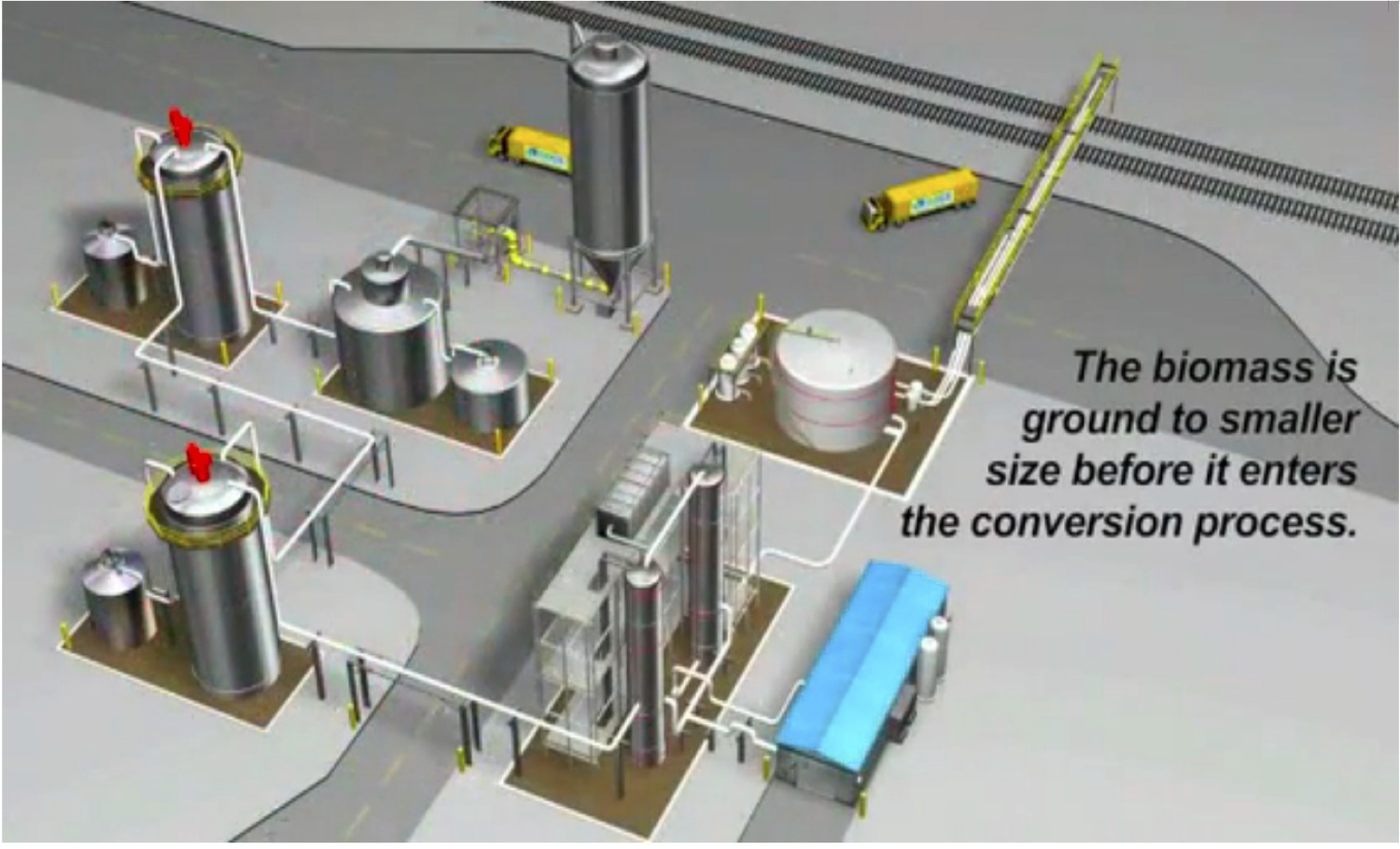
5.5. GranBio, Alagoas, Brazil
GranBio opened its first cellulosic ethanol plant on September 24, 2014. The company opened a 21.6 million gallon commercial-scale facility in Alagoas state in Brazil this past month (see below), which is currently the world’s largest. The company has announced plans to invest $724.5 million in five cellulosic ethanol plants during the next few years.
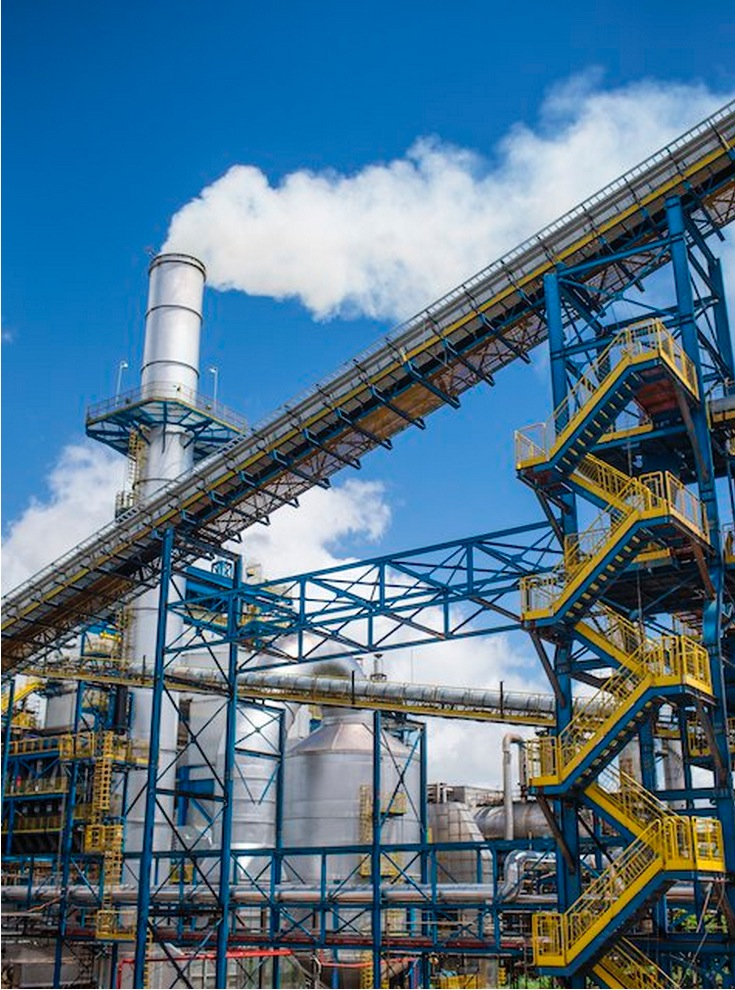

The 2G ethanol produced by GranBio is the cleanest fuel produced on a commercial scale in the world in carbon intensity – 7.55 gCO2/MJ, as confirmed by the Air Resources Board in California. No other fuel produced on a large scale is better for the environment and reversing climate change than that of GranBio, the first producer of 2G ethanol to have the carbon footprint approved by the American agency.
5.6. Beta Renewables, Cressentino, Italy
The Beta Renewables cellulosic ethanol plant in Crescentino Italy may justifiably be seen as the first large scale cellulosic plant. At 20 million gal/yr it has been operating since 2012. The company has signed firm deals for new plants in China and Slovakia, and is developing a project on its own balance sheet for North Carolina. More licenses are expected over the next 12 months.
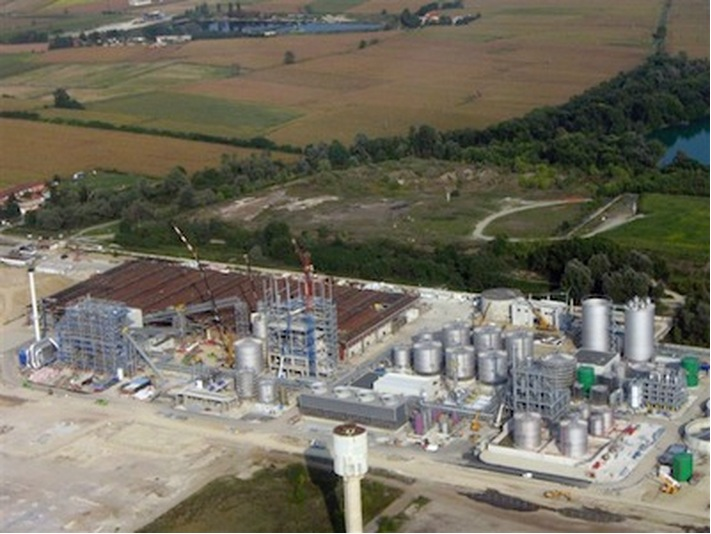

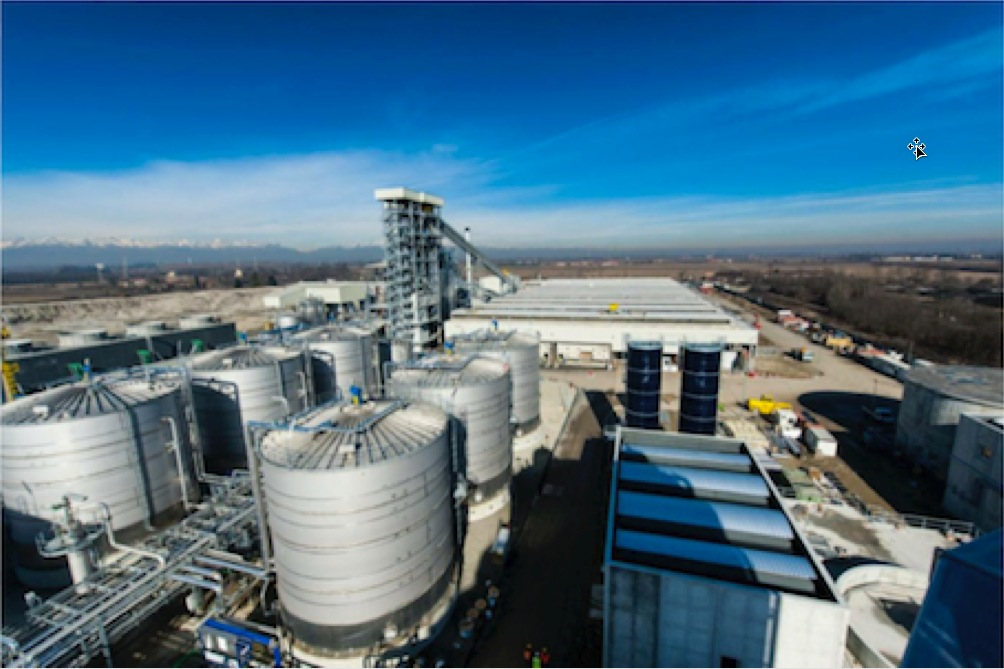
5.7 Clariant
Clariant has created an all-in-one biorefinery for cellulosic ethanol production (their work with Mercedes is described below). Their sunliquid® process for the sustainable and economic production of cellulosic ethanol is now fully developed, being designed for industrial plants with a production capacity of 50,000 to 150,000 ton of cellulosic ethanol per year. Clariant provides the know-how and technology for all unit operations on a turnkey basis, coupled with the expertise required for successful implementation. Chemical-free pre-treatment lowers production and investment costs. At the same time, environmental, health and safety risks are minimized. A small percentage of the pre-treated feedstock is used for enzyme production, which is an integrated part of the process and takes place on-site at the ethanol plant. This makes a major contribution to the economic efficiency of the overall process, resulting in a significant reduction in production costs and ensuring independence from supply shortages and price volatility. A bespoke enzyme mixture hydrolyses cellulose and hemicellulose chains to form sugar monomers. This step is also termed saccharification. The enzymes are highly optimized based on feedstock and process parameters, resulting in maximum yields and short reaction times under optimal conditions. Using optimized microorganisms, the sunliquid® process provides for efficient fermentation, giving rise to maximum ethanol yields. This highly-optimized, one-pot system simultaneously converts both C5 and C6 sugars to ethanol, delivering up to 50% more ethanol than conventional processes which convert only C6 sugars. The innovative and highly energy saving purification method reduces energy demand by up to 50% compared with conventional distillation. It is based on thorough process planning and energy integration, resulting in an entirely energy self-sufficient process.
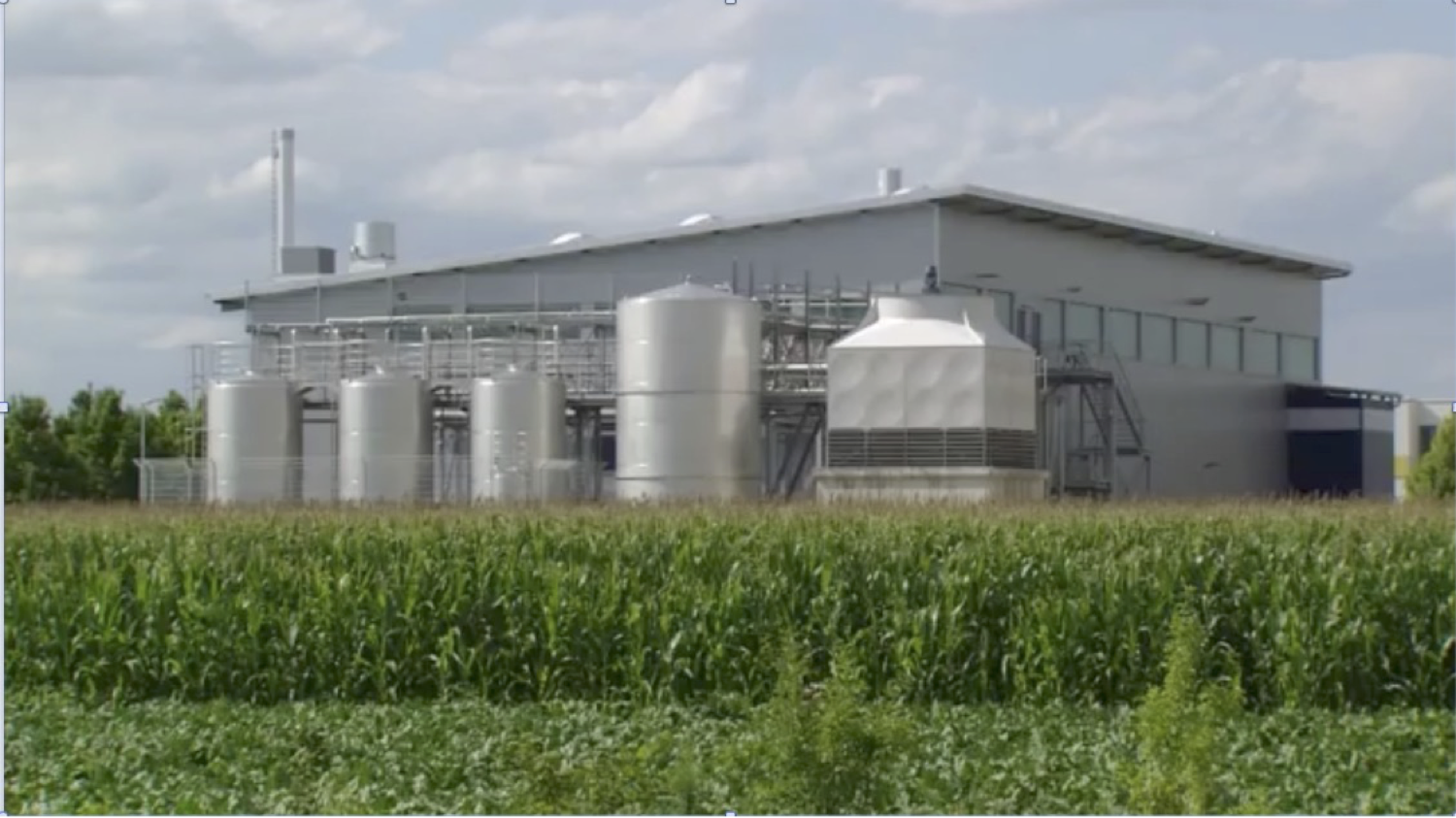
Top
6. Value of Cellulosic Ethanol
6.1. Overall value to the US.
As discussed above, we can now make ethanol from our wastes. All kinds of wastes, from agricultural to forest to our domestic garbage. Added to this volume even more cellulosic ethanol can be made from non-edible crops grown on land that is to dry or infertile for food crops, and then even more from algae! All together we can make more than 1/3 of our fuel needs. It will have very low Greenhouse Gases (GHG) and be much better for our health, our wallets and our troops. But the real kicker is that it is better for our economy and our environment because it enable us to get rid of wastes in an ecologically sound manner, and drive our vehicles without adding carbon and pollutants to the air and soil. We can reduce the need for landfills, thin our forests to prevent growing forest fires, and make farming viable again on drought ravaged lands - this time growing crops that are not edible, water or fertilizer intensive, but which will be used for fuel ethanol. It will be a job creator. But we must embrace ethanol as a much better fuel than gasoline or diesel. We need to understand this at a deep level. So that we can reject the ‘Big Oil’ party line that ethanol will destroy our engines, ruin our health, our land, etc., etc. Certainly, the argument of making fuel with food goes completely away. It doesn't appear to have been true, but with cellulosic ethanol it can't be put on the table at all. Thus, our really long term chances of getting of oil gets a big leg up. It is already true that more than 50,000,000 vehicles are explicitly warranted by auto manufacturers allowing E15, with over 16,000,000 of these warranted for up to E85. (I have one with 150,000 miles and it still runs fine on E85). It is the only way to get the majority of our vehicles off of oil.
6.1.1. Value to New Mexico
This article in the Los Alamos Daily Post below gives more specifics and relates them to New Mexico's situation, but there are many States with similar situations, where cellulosic ethanol can revive their economies, while improving their standard of living. See Opinion piece by Robert Falco.
6.1.2. Value to Arizona
To be added.
6.1.3. Value to California
California has a LCFS that makes cellulosic ethanol particularly interesting. More coming.
6.2. Mercedes Benz and Clariant E20 trials.
6.2.1. This article indicates that there is no loss of mileage, complete compatibility and of course lower price when using an E20 Blend in the Mercedes.
7. Potential Processes Improvements in Cellulosic Ethanol Production
7.1. Harvesting
In the new world of cellulosic ethanol, it appeared that the corn field must first be harvested for the corn, and then a second pass would be made to harvest the stover. Well, that may already be a thing of he past. The machine shown below is harvesting the corn and bailing the stover all at the same time!
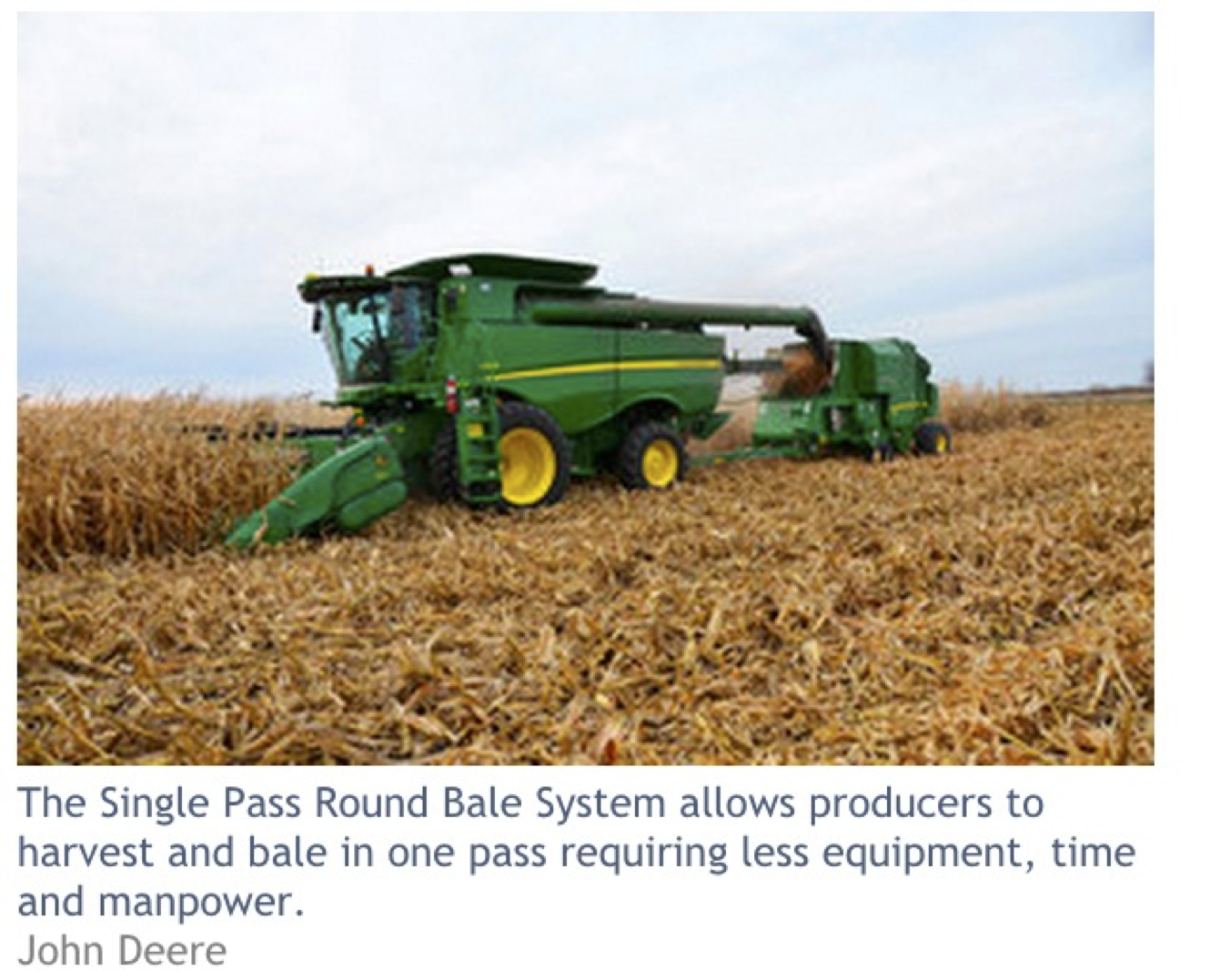
7.2. Planting and Transport
As more transport is envisioned to bring the feedstocks to the plants, it will be increasingly important to use ethanol in the trucks and tractors used in farming. Here the Swedes and Brazilians have taken the lead. More coming.
7.3. Enzymes
Breaking down the cellulose via the use of enzymes is one of the chief paths taken to produce cellulosic ethanol.

7.4. Yeasts
Yeasts have been the traditional organisms used to ferment biomass into ethanol.
8. The Emissions Reduction Potential of Cellulosic Ethanol in IC Engines
8.1. Lower particulates - Steve van der Griend's work. More coming.
8.2. Even lower CO2
9. Carbon Dioxide Emissions from Cellulosic Ethanol Plants
Cellulosic ethanol plants emit CO2, but to qualify as a EISA cellulosic ethanol fuel, the WTW GHG emissions must be 60% less than those of gasoline. Thus, even with the additional emissions from the cellulosic ethanol plant we are achieving lower emission than ever before. But there is more that we could do. An example is the CO2 mitigation efforts by Green Plains Ethanol, who have grown algae from the CO2. More coming.
9.1. US plants
9.2. Brazilian plants
10. Water and Fertilizer Usage of a Cellulosic Ethanol Plant
Water usage is being recycled more and more. Fertilizer usage is down. More coming.
10.1. US
10.1.1 Water Usage
10.1.2. Fertilizer Usage
10.2. Brazil
10.2.1. Water Usage
10.2.2. Fertilizer Usage
11. Dry Land Cellulosic Ethanol Production
This is a new and exciting aspect of cellulosic ethanol production. Many dry land crops exist, for example guayule in the southwest deserts that by itself is not an economical crop (for rubber in the case of guayule), but when wastes from these plants are used as cellulosic ethanol feedstock, the added value can transform these regions and their plants into viable economic prospects. More coming.
11.1. Water Efficient Crops
11.2. Water Conservation in Ethanol Processing
Top
12. Cellulosic Ethanol via Gasification and Pyrolysis
12.1. INEOS Florida Plant
The INEOS cellulosic ethanol plant can use feedstock from either forest wastes or MSW. It produces 8 million gal/yr of cellulosic ethanol.


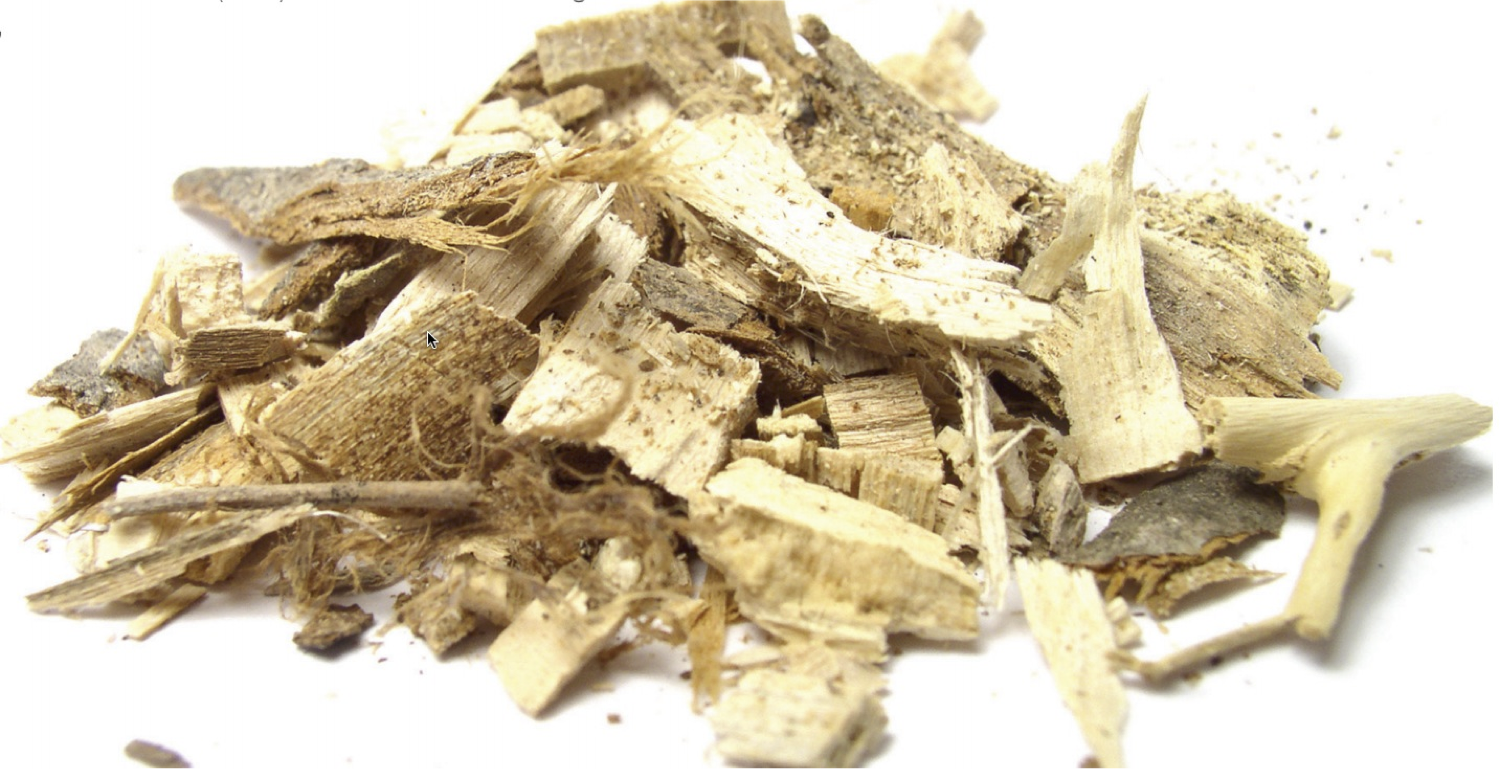
12.2. Enerkem
Enerkem has become the first company to make cellulosic ethanol from MSW. Its 10 million gal/yr plant in Edmonton Canada, a city of population 817,000 is able to handle a wide variety of materials from organics to plastics.
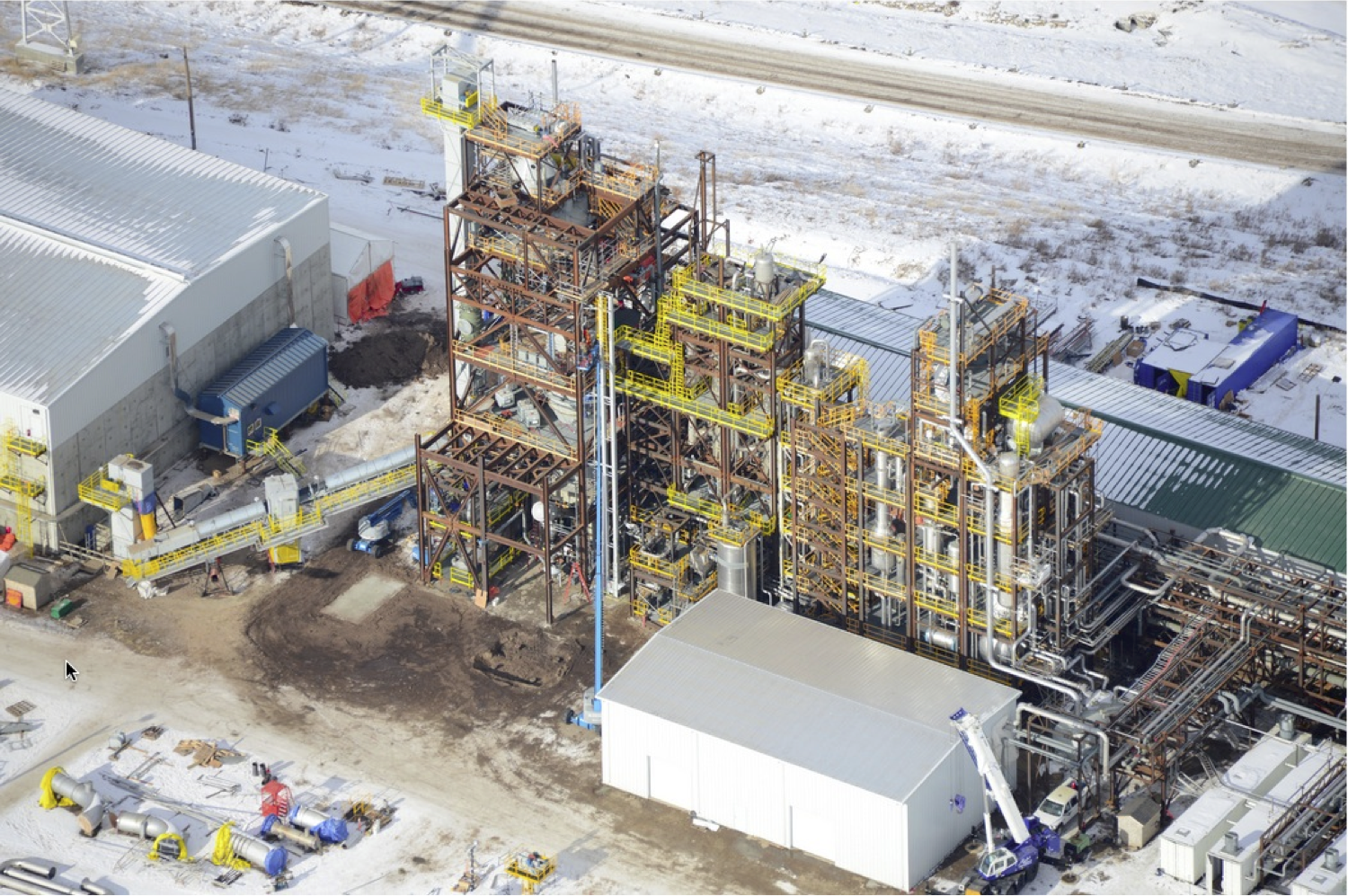
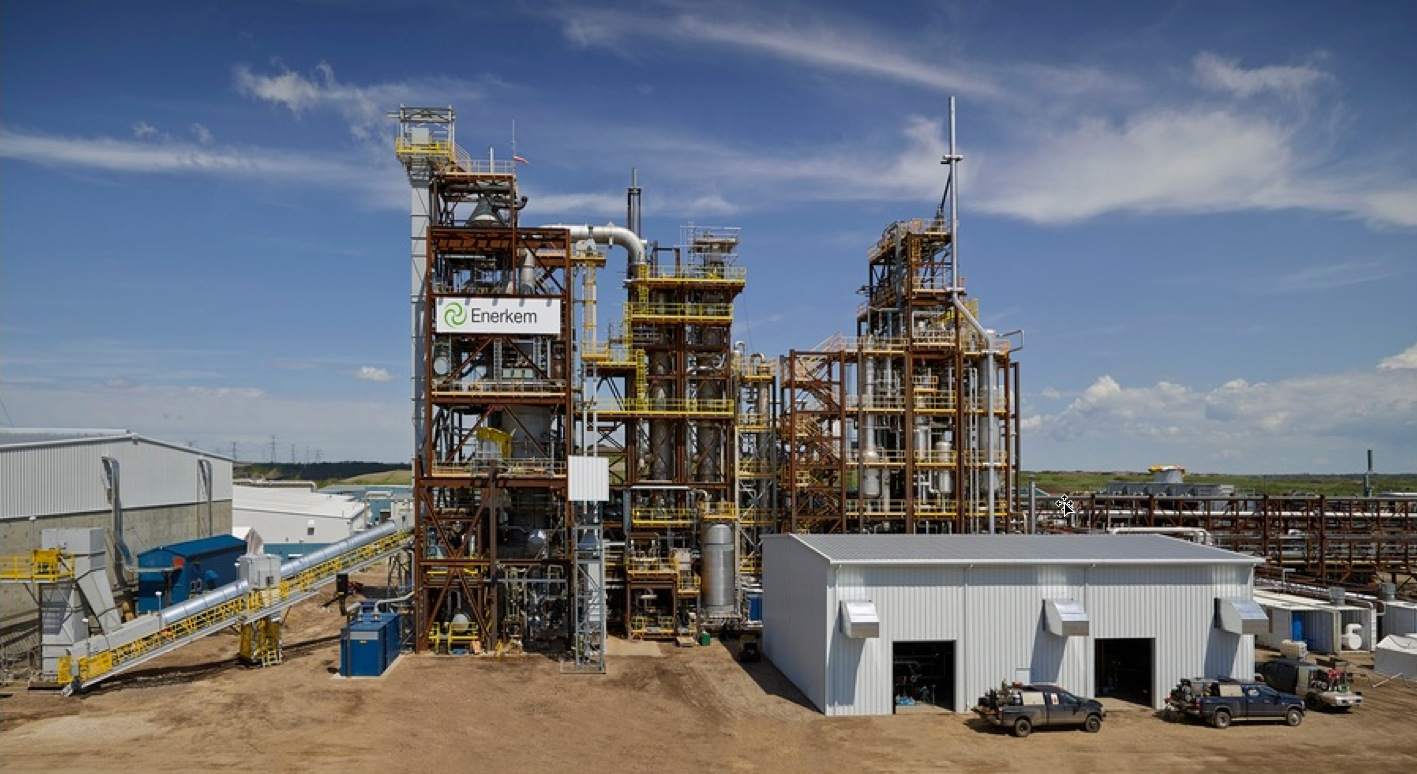
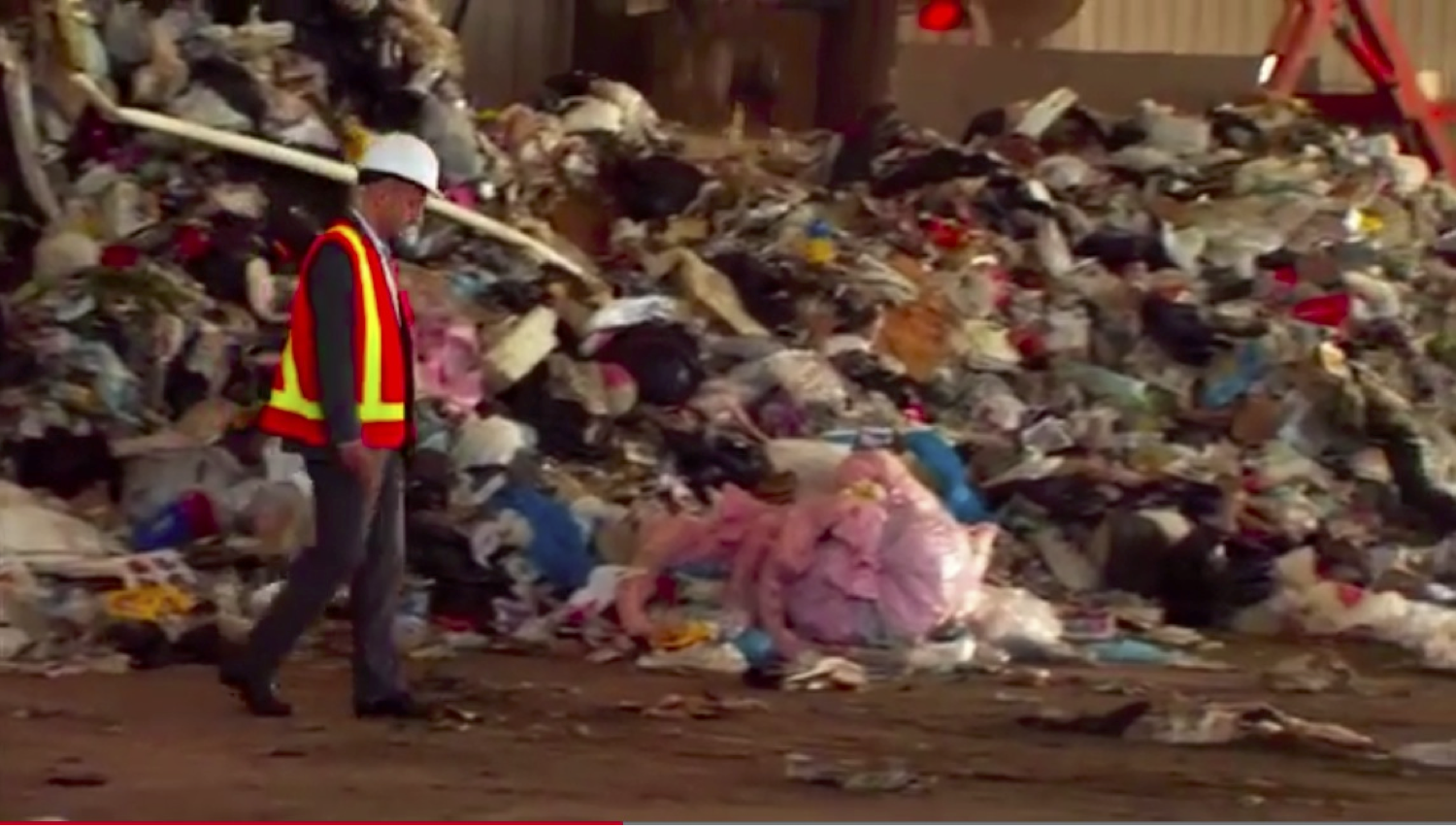
12.3. Fulcrum BioEnergy
